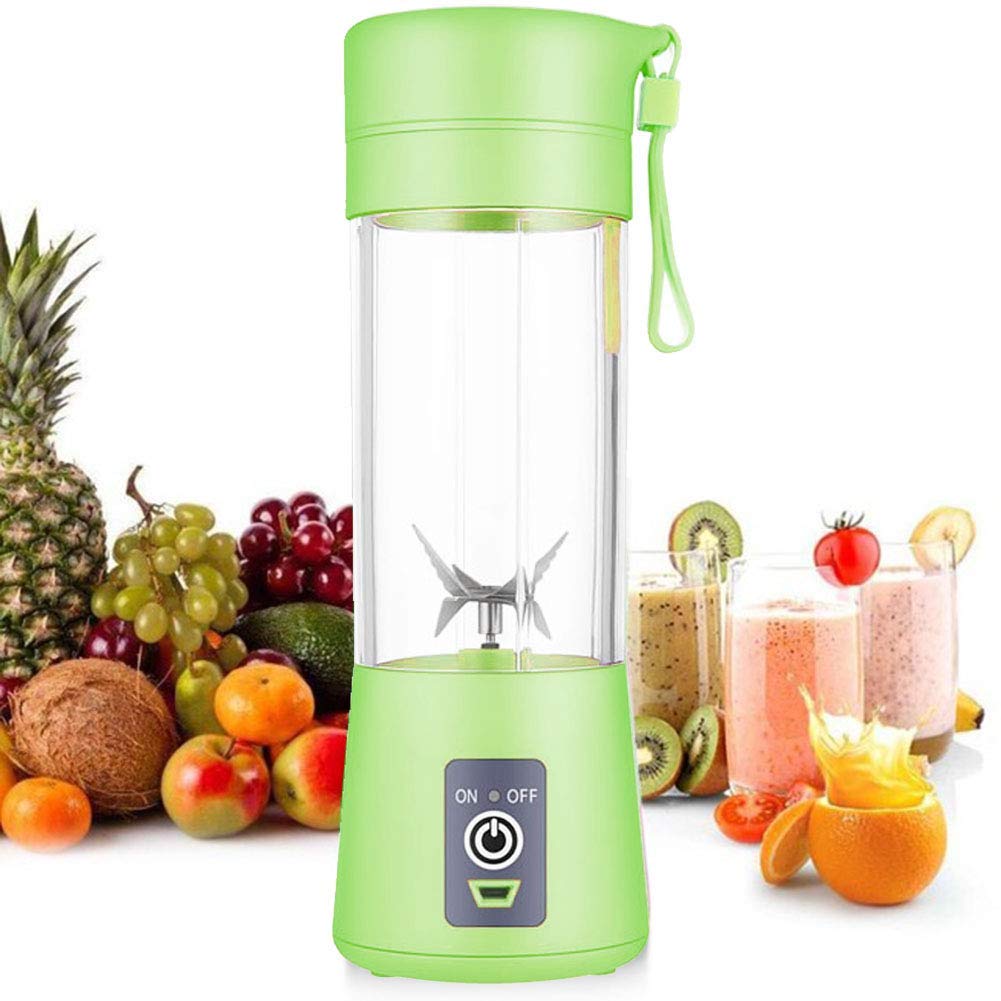
There is a lot of debate about blending foods, especially as it compares to juicing them. Do you need a juicer, a blender or both in your kitchen. To find out, you need to understand what blenders actually do and what the differences are. Here is what to know about blender selection.
Defining the Job of a Blender
A blender has one simple job. It blends. That means it takes anything you put into it and churns that material until it is smooth. Often, what you are left with is a thick concoction, such as a smoothie. All materials that enter the blender come out in that mixture. That makes it excellent when you want to create unique concoctions of your own design using fruits and vegetables you select.
How a Blender Compares to a Juicer
You might be curious about how a blender compares to a juicer. Both do perform similar functions, but there are key differences. When you purchase a blender for your kitchen, plan to use it to turn whole foods into smoothies or thick, smoothie-like beverages. A juicer, on the other hand, simply extracts juice from the fruits or vegetables you insert in it. The end result is a juice that is not the least bit thick.
Examining Advantages of Using a Food Blender
Thickness is not the only difference in blended foods. A blender gives you the advantage of being able to grind up an entire fruit or vegetable. That allows you to consume exactly what you put in. Often, that means you are ingesting more fiber. Fiber can be excellent for your digestive tract. It keeps everything moving along slowly, regulating bowel movements.
For some people, the choice of using a blender over a juicer also involves being less wasteful. It lets you use the entire vegetable or fruit. Since nothing is thrown away, it is often seen as a better use of time and money to blend instead of juice. After all, it takes fewer fruits or vegetables to create a glass of a blended beverage than a glass of juice alone.
Basic Blender Categories
Today’s blenders are divided into two basic categories. Some are single-serving. Others are jug blenders. The single-serving blender might be appropriate when you only plan to make smoothies once in a while or when you are short on space, such as in a small apartment. However, a jug blender is often a better investment. It holds much more, which means you can easily make servings for other family members or guests. It also allows you to experiment more because you can more easily mix multiple ingredients into one concoction.
Regular Blenders Versus Super Blenders
Jug blenders can be further divided into regular and super blenders. A super blender simply refers to a blender strong enough to allow you to expand beyond smoothie making. For example, a super blender might allow you to knead bread dough. It could also allow you to grind your favorite meats, or even coffee beans.
You Do Not Have to Make a Choice
When trying to decide between a juicer and a blender, the most important thing to know is there is no reason to make that choice. There is probably plenty of room in your kitchen for both. There are also many different reasons why you may want to blend one day and juice another. For example, at times when you feel you are already eating too much fiber, you might reach for the juicer to get the nutrients you need without the fiber boost. Allowing yourself that diversity of choice in your kitchen gives you access to more delicious and nutritious combinations.
